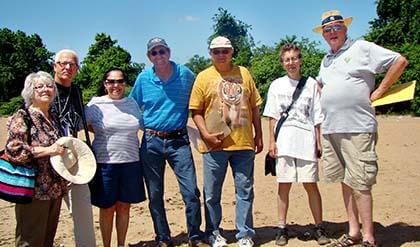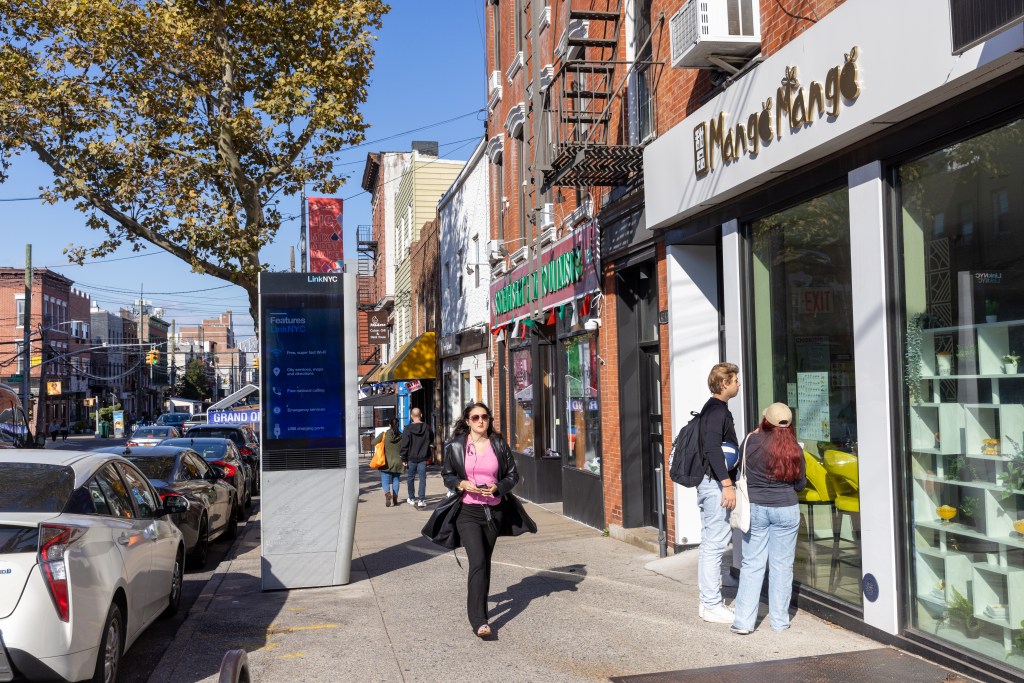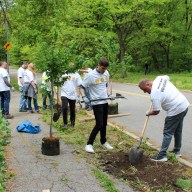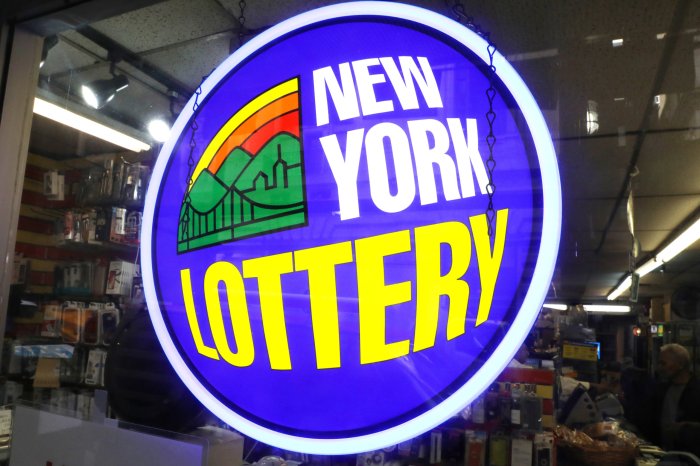By Rich Bockmann
For more than a decade now, Robert Gans has been organizing a small army of volunteers to patrol the city’s waterfronts. These community members — dedicated to protecting their vulnerable shorelines — are not on the lookout for enemy submarines or drug runners, however, but for floating trash.
“We want to get back our waterfront,” said Gans, who contracts with the city Department of Environmental Protection to survey the shoreline’s floatables — man-made debris in the water that ends up on land. “These areas need to be maintained to be safe for boating, fishing and maybe eventually even swimming.”
Volunteers armed with only a survey and a writing implement patrol 200-foot designated sections of shoreline in areas such as the Bayside Marina, Alley Creek and Little Bay, eyes on the lookout for items fitting the categories of plastic foam, clothing, wood (man-made, not natural wood), paper, metal, rubber and glass. The surveys even have a category for medical waste.
“Hopefully, we never see it,” said Gans.
The idea is twofold: 1) to alert the DEP of large contaminations that may come from sources such as sewage spills or wastewater treatment plants, so the department’s fleet of skimmer boats can address the problem right away and 2) the department also uses the accumulated information to assess the worst locations in the city every year so it can more effectively allocate funding for remediation.
Gans said he has about 52 volunteer groups which complete the weekly surveys, particularly during the swim season between Memorial and Labor days. One survey is a snapshot of the water about 50 feet out from the shore to see what the open water looks like. Volunteers rate the condition of the water on a scale ranging from very good to very poor.
The other survey, he said, is a bit more involved. Surveyors are asked to walk their stretch of shore during the one- or two-hour period after high tide to count all the floatables they find and fit them into one of 135 different categories. Both surveys also have a comments section.
“We want the people to report the good things they see. Seals, whales and fish are coming back to different waters of the city,” said Gans, adding that he had recently seen a whale while in Staten Island.
Gans said he is looking for volunteers to survey areas around College Point, Astoria and Newtown Creek. Most volunteers live in the neighborhoods they survey, like ex-biology teacher Arthur Kelly, who surveyed the shoreline of Little Neck Bay for seven or eight years before he died in December.
“He was very dedicated and committed,” Gans said. “It’s a place I’d really love to get a volunteer for.”
Last week, the National Resource Defense Council released a report measuring bacteria levels at beaches across the country.
According to the report, Douglas Manor Beach exceeded the state’s daily maximum bacteria standards 25 percent of the time it was tested during 2010. The NRDC cites pollution from storm runoffs as a major cause of the bacteria levels.
Rich Bockmann by e-mail at rbockmann@cnglocal.com or by phone at 718-260-4574.

























